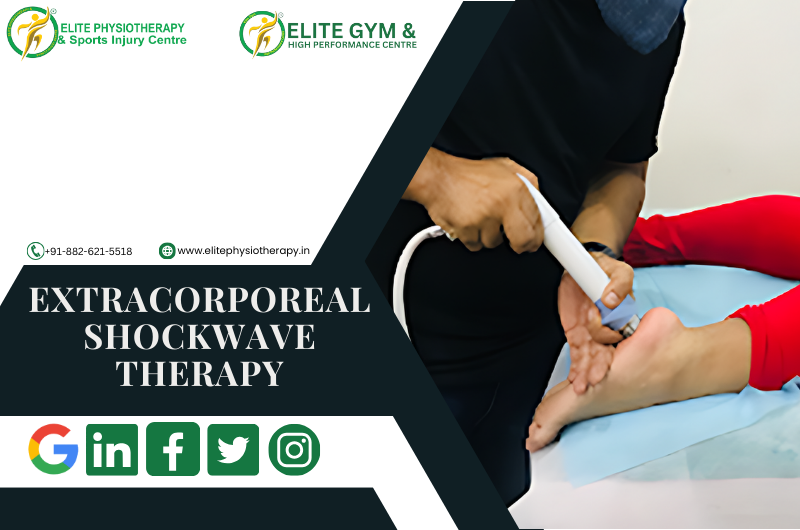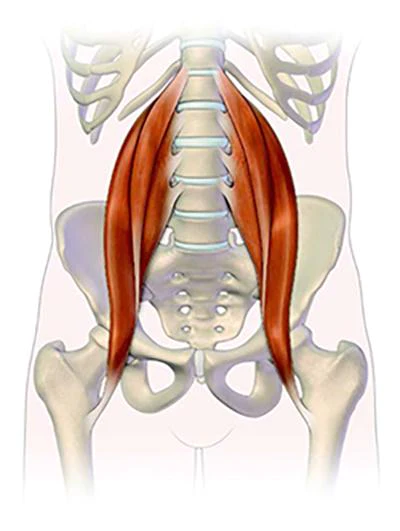Super Inductive System (SIS): Revolutionizing Physiotherapy at Elite Physiotherapy and Sports Injury Centre
New technologies are changing how injuries are handled and treated in the dynamic field of physiotherapy. The Super Inductive System (SIS), a cutting-edge therapeutic device that blends cutting-edge technology with tried-and-true medical principles to provide unmatched results, is a ground-breaking development. We at Elite Physiotherapy and Sports Injury Centre are proud of being at the forefront of contemporary physiotherapy procedures, and integrating SIS into our practice demonstrates our dedication to giving our patients the finest care possible.
What is the Super Inductive System (SIS)?
The Super Inductive System (SIS) is a noninvasive technology with a wide range of applications that activates neuromuscular structures, improves circulation, and promotes cellular repair. It is an indispensable tool for treating a variety of musculoskeletal conditions. SIS is a revolutionary therapeutic device that uses high-intensity electromagnetic fields to stimulate deep tissue healing and pain relief.
Key Features of SIS:
- High-frequency electromagnetic fields: SIS can precisely target tissues since it operates at frequencies between 1 Hz and 150 Hz.
- Painless and Non-Invasive: The treatment is completely non-invasive, guaranteeing patient security and comfort.
- Versatility: From severe injuries to persistent pain, SIS can treat a wide range of ailments.
- Quick Results: After just a few sessions, many patients see a significant improvement.
- Customizable Treatments: The system enables therapists to modify treatment plans following each patient’s requirements.
How SIS Works
High-intensity electromagnetic pulses that activate nerve terminals and cause deep muscular spasms are the basis of SIS. These electromagnetic fields are:
- Boost Blood Circulation: Increased blood flow lowers inflammation and improves tissue healing.
- Encourage Pain Relief: By interfering with pain signals, electromagnetic waves offer both short-term and long-term pain relief.
- Promote Bone Healing: SIS is useful in treating osteoporosis and fractures because it promotes osteogenesis.
- Strengthen Muscles: SIS helps strengthen weak muscles by causing involuntary contractions.
Applications of SIS in Physiotherapy
Elite Physiotherapy and Sports Injury Centre uses The Super Inductive System to treat a variety of ailments, such as:
- Chronic Pain: For ailments including fibromyalgia, arthritis, and back pain, SIS offers substantial relief.
- Sports Injuries: SIS improves performance and speeds up recovery from sprains, strains, and ligament tears.
- Neurological Disorders: The neuromuscular stimulation that SIS provides is beneficial for conditions including paralysis, neuropathy, and spasticity.
- Post-Surgical Rehabilitation: SIS reduces the production of scar tissue and promotes a quicker recovery.
- Osteoporosis and Bone Fractures: The system is perfect for boosting skeletal health because of its bone-healing capabilities.
Benefits of SIS at Elite Physiotherapy and Sports Injury Centre
To get better results, we at Elite Physiotherapy and Sports Injury Centre have included SIS into our treatment plans. For our patients, SIS is revolutionary for the following reasons:
- Personalized Care: Every SIS treatment plan is tailored to our patients’ particular need.
- Faster Recovery: SIS shortens recovery times by boosting the body’s natural healing processes.
- All-inclusive Solutions: SIS ensures a comprehensive approach to recovery by enhancing other therapy techniques.
- Expert Guidance: Our team of skilled physiotherapists has received extensive training on how to optimize the advantages of SIS.
Why Choose Elite Physiotherapy and Sports Injury Centre for SIS Therapy?
One of the most reputable names in cutting-edge physiotherapy care is Elite Physiotherapy and Sports Injury Centre. We guarantee that our patients receive top-notch care by utilizing cutting-edge technology like SIS. We are the go-to place for physiotherapy and sports injury care because of our dedication to quality and patient-centered approach.
Experience the Future of Physiotherapy Today
The Super Inductive System is a revolutionary instrument that expands the potential of physical therapy; it is more than just a technological advancement. Let the professionals at Elite Physiotherapy and Sports Injury Centre use SIS treatment to help you restore your health and vitality if you’re struggling with pain, an injury, or a chronic disease.
For additional information on how the Super Inductive System may support your healing process, get in touch with us right now. Discover the physiotherapy of the future, where compassionate treatment and state-of-the-art technology coexist.



